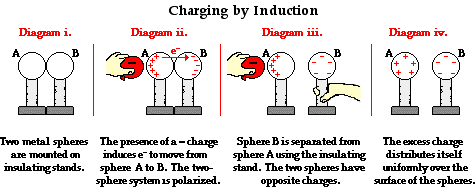Tuesday, April 15, 2014
Thursday, April 10, 2014
Types of Current Resource
This very well animated and pleasant video explains the difference between direct current and alternating current, as well as explaining some history of energy and also explains a better way to use this current.
I found that this video helped me understand both ac and dc current, as well as the difference between them. It explained that ac current was more commonly used and was more efficient to supply certain machines, but dc current also has it's advantages.
Subscribe to:
Comments (Atom)
